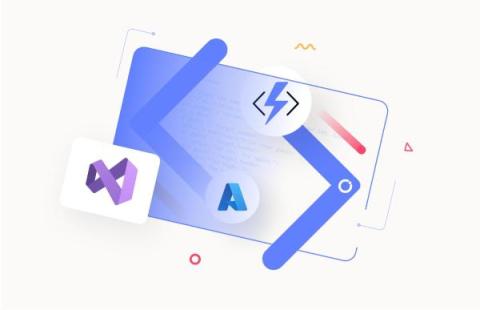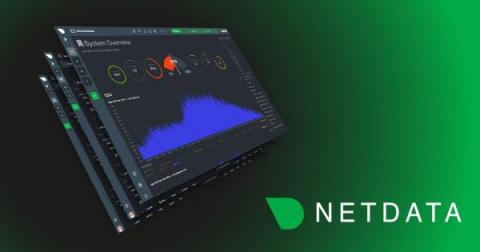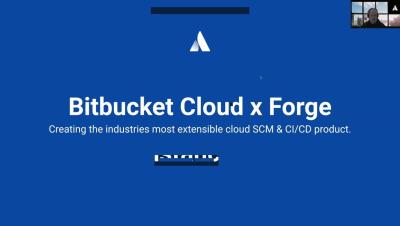Operations | Monitoring | ITSM | DevOps | Cloud
DevOps
The latest News and Information on DevOps, CI/CD, Automation and related technologies.
Netdata Processes monitoring and its comparison with other console based tools
Netdata reads /proc/
Azure Event Grid dead letter monitoring
How to host a multiple-application project on Platform.sh
We’re here to shed a little light on how you can host and configure your multi-app projects on Platform.sh with a step-by-step guide on how to set up a project on our platform. Enabling your team to focus more on creating incredible user experiences and less on multi-app infrastructure management. As well as a few multi-app development tips along the way. We’re going to look at this through the lens of a customer on the lookout for multi-application hosting with a few specific constraints.
Netdata QoS Classes monitoring
Netdata monitors tc QoS classes for all interfaces. If you also use FireQOS it will collect interface and class names. There is a shell helper for this (all parsing is done by the plugin in C code - this shell script is just a configuration for the command to run to get tc output). The source of the tc plugin is here. It is somewhat complex, because a state machine was needed to keep track of all the tc classes, including the pseudo classes tc dynamically creates. You can see a live demo here.
Eight Cybersecurity Tips for Businesses in 2023
The online playing field for businesses in multiple niches has expanded, with the internet enjoying an overarching presence in various facets. New and larger markets have become more accessible through online platforms. All an established business needs is computer-based tools and an internet connection that won’t falter. Expansion is often rewarding but has its fair share of risks; thus, melding a nice blend of cybersecurity with a growing company is the safe way to go about it.
How to ensure your Kubernetes Pods have enough memory
Memory (or RAM, short for random-access memory) is a finite and critical computing resource. The amount of RAM in a system dictates the number and complexity of processes that can run on the system, and running out of RAM can cause significant problems, including: This problem can be mitigated using clustered platforms like Kubernetes, where you can add or remove RAM capacity by adding or removing nodes on-demand.
Make the Most of your System Center Orchestrator Deployment
By licensing the Microsoft System Center suite, customers unlock a comprehensive array of tools encompassing server management, virtual machine administration, and automation capabilities. Frequently, customers are observed deploying automation use cases with System Center Orchestrator to meet specific infrastructure management needs.
The Ultimate Guide to DORA Metrics for DevOps
In the world of software delivery, organizations are under constant pressure to improve their performance and deliver high-quality software to their customers. One effective way to measure and optimize software delivery performance is to use the DORA (DevOps Research and Assessment) metrics. DORA metrics, developed by a renowned research team at DORA, provide valuable insights into the effectiveness of an organization's software delivery processes.










